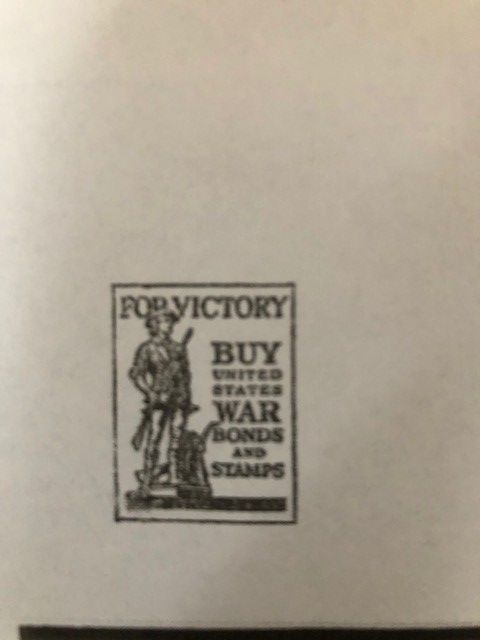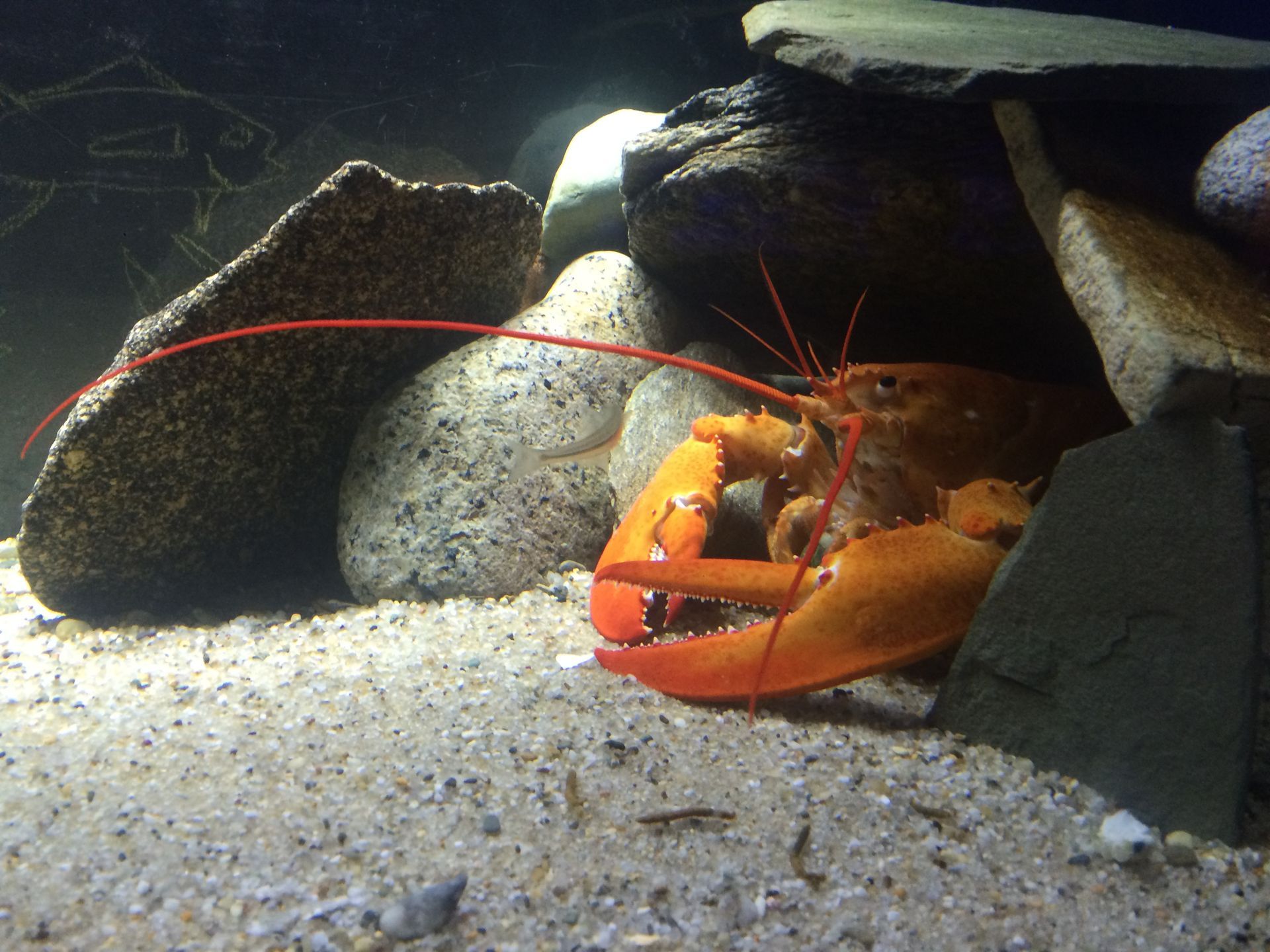Maria Mitchell In Her Own Words
January 13, 1858. I amused myself by talking to the little Hawthorns {Una and Julian}, and we all aired our French by putting our heads out of the window when the train stopped and calling for “de l’eau froide.”
Most travelers in Europe put up the bits of bread and sugar left at their meals for lunch of the days of travelling, and candles for the evening. The Hawthornes had a considerable supply of lumps of sugar. I had bread and candle ends. Julian Hawthorne, whose appetite was like that of most boys of eleven, had soon exhausted the paternal stock and I offered my store. Mr. Hawthorne’s dry sarcasm burst forth as he saw it. “Don’t do it,” he said, “Julian is a bottomless pit.”
As noted in the past blogs, Maria Mitchell would travel through parts of Europe with Nathaniel and Sophia Hawthorne and their children when Maria’s charge, Prudence Swift, was called back to the United States because of the Panic of 1857. Hawthorne would later question why, “a person evidently so able to take care of herself should care about having an escort.” They took her on because, “. . . she seems to be a simple, strong, healthy, humored woman, who will not fling herself as a burden on our shoulders . . . .”
Maria would become close to Sophia – and Sophia’s sister, Elizabeth Peabody, would spearhead the “Women of America” and the subscription that would later bring Maria Mitchell her Alvan Clark telescope. Maria proved herself to be a great travel companion for adult and child alike. Maria had always been the favorite sibling and her ability to craft tales and fun – note the calling for cold water with the children above as they pulled into train stations – won her great points with the children who would always remember their experience with Miss Mitchell – the fun and the astronomy and other lessons she taught them during their trip. Julian would later recount them in his writings.
(P.S. I didn’t know “bottomless pit” was such an old expression!)
JNLF
Recent Posts




